Network operators around Australia are breathing a sigh of relief with the launch of Wagners Composite Fibre Technologies' (CFT) new 356mm Fibre Reinforced Polymer (FRP) utility pole.
Its launch comes in the wake of rising costs, declining quality and reliability of supply for traditional timber utility poles, due to ‘deforestation and bushfires in 2002 and 2003 which caused large scale destruction of thousands of hectares of hardwood forests.’*
Wagners CFT National Product Specialist - Utilities, James Lorrimer said the new 356mm FRP utility pole is the solution for networks that are finding it near impossible to source larger capacity timber utility poles.
“Wagners CFT has worked really hard to expedite the launch of its 356mm utility pole in answer to the call from network operators to find a solution, and quick!,” James Lorrimer said.
“The 356 compliments our already existing range of 301mm and 293mm of which we’ve seen some 6,000 poles head out to networks in the past 12 months, thereby taking the pressure off hardwood timber resources for those lighter loads and heights,” Mr Lorrimer said.
“But it’s been those bigger loads, bigger capacities where the real need has been and now with the launch of Wagner’s new 356 FRP utility pole, we can offer customers standard service loads to 14m/8kN and 15.5m/5-6kN,” he said.
“And with different networks requiring different configurations, just like our 301s and 293s, the new 356s can be custom designed to suit the set up and standard configuration of each network.”
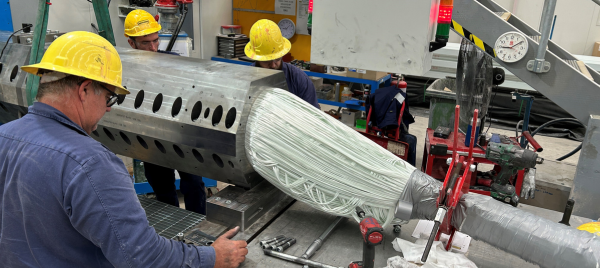
Photo - Wagners CFT technicians setting the pultrusion machine with the new 365mm die at their manufacturing facility in Wellcamp near Toowoomba, Queensland.
FRP utility poles also provide a host of other benefits to network operators and electricity consumers.
“Wagners CFT is an Australian operation with its manufacturing facilities in Wellcamp just west of Toowoomba in Queensland; so the fact that we manufacture these utility poles right here in Australia means that there’s no huge lead times required from order to delivery,” James Lorrimer said.
“Fibre Reinforced Polymer is as strong as steel and our utility poles have an expected design life of 80-years; so if a timber pole has to be replaced three times as often as an FRP pole that translates into reduced maintenance and replacement costs for network operators,” Mr Lorrimer said.
“FRP utility poles are also chemically inert, so they won’t rot, rust or corrode; plus, they’re resistant to termites and acid sulfate soils, he said.
“And they’re non-leaching so they are the perfect solution for areas of high conservation value or near wetlands and marine environments.”
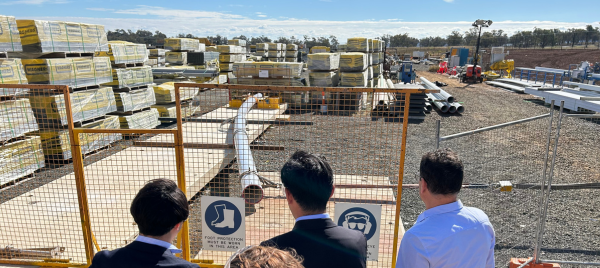
Photo - Utility poles are put through a rigorous testing regime by Wagners CFT R&D team based at Wellcamp near Toowoomba in Queensland.
There are benefits to be had by choosing FRP utility poles in the installation phase as well.
“FRP poles are about a quarter of the weight of hardwood timber poles so it's safer to handle, transport and install them,” James Lorrimer said.
“We can fit four times as many FRP poles on a truck as hardwood timber poles so there’s savings on transportation costs,” Mr Lorrimer said.
“You use the same equipment to install both, but you can imagine the wear and tear on trucks and lifting gear is considerably less when you’re picking up poles that weigh 300 kilograms instead of over a tonne,” he said.
“And for crews on the ground the risk of injury and accidents is significantly reduced.”

Photo - Transport companies can fit approximately four times as many FRP utility poles on a truck than a timber pole because they are lightweight.
Wagners CFT Research and Development team is working on developing a fire-proof utility pole to maximise network resilience.
“Global warming and bushfire threat is one of the major hurdles to security for network operators in Australia and so Wagners’ R&D team has been conducting grassfire simulation tests with Canadian company Genics to test the performance of their Fire Mesh wrap around a Wagners’ FRP utility pole,” James Lorrimer said.
“We’re always on the lookout to further enhance and maximise network security and resilience for asset owners, and collaborate on an international scale with cutting edge product suppliers to find the best of the best,” he said.
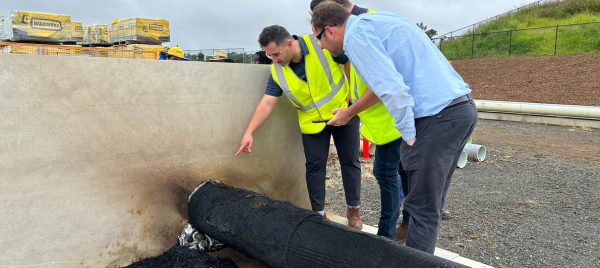
Photo - Wagners CFT's Research and Development team has been working on developing a fire-proof utility pole to maximise network resilience.
Wagners CFT has also published its Environmental Product Declaration which provides customers with credible environmental information about its products.
“Wagners new EPD gives asset owners the tools they need to be able to calculate the amount of embodied carbon in one of our FRP utility poles and then compare that to the embodied carbon in hardwood timber and concrete utility poles,” James Lorrimer said.
“Our network customer will be able to use this information to decarbonisation the electricity network by choosing to use products with reduced embodied carbon which will reduce global warming and other environmental impacts on the planet,” Mr Lorrimer said.
“They will also be able to use this information to prove carbon reduction, claim any incentives for doing so and hit 2030 targets,” he said.
To discuss your stock needs for Wagners FRP new 356 utility poles reach out to National Product Specialist - Utilities, James Lorrimer by phoning +61 418 830 857 or email james.lorrimer@wagner.com.au or complete the Contact Us form on our website https://www.wagner.com.au/main/what-we-do/composite-fibre-technologies/contact-us/
For more details on how Wagners CFT manufacture FRP utility poles watch https://youtu.be/mv3c4HdlPhA
And for the utility pole product technical sheet visit Wagners CFT Utility Pole Brochure
For more information on Wagners EPD visit https://www.wagner.com.au/media/9676/sp10246-wagners-epd-pultruded-gfrp_nov23.pdf
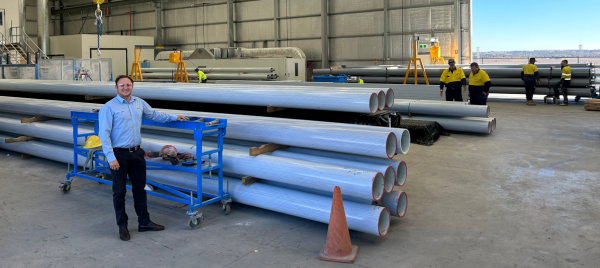
Photo - National Product Specialist - Utilities, James Lorrimer is pictured in front of a raw stock of utility poles at Wagners CFT's Wellcamp manufacturing facility near Toowoomba, Queensland.
More stories to explore:

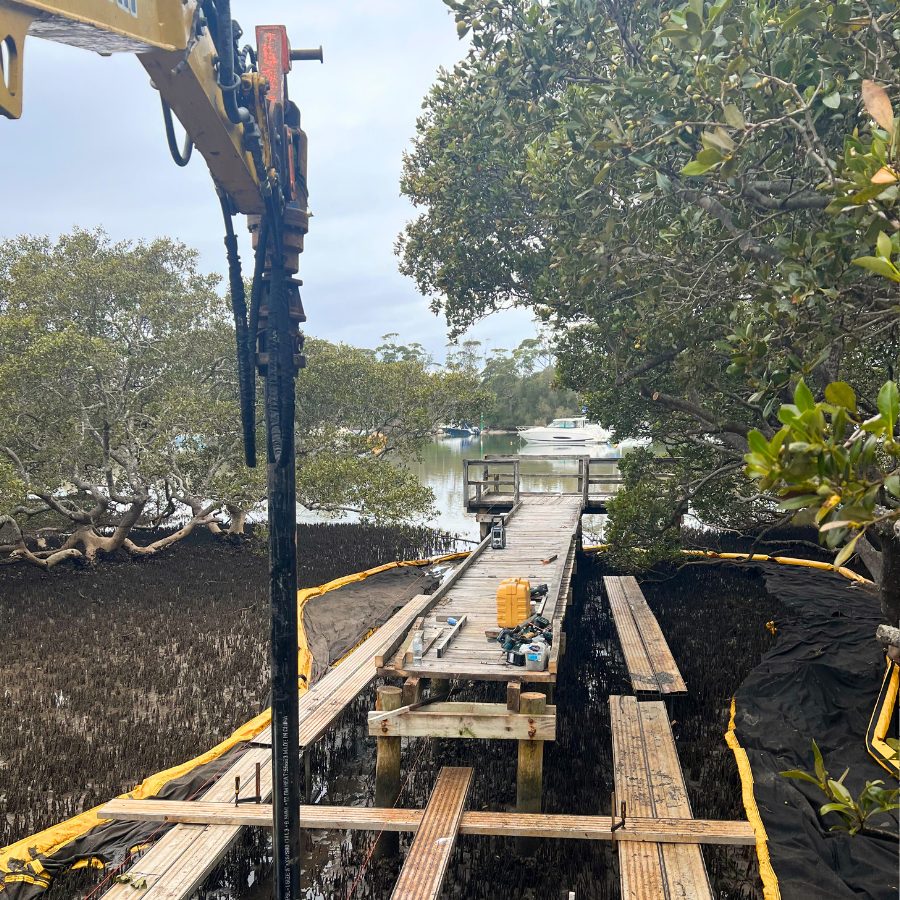
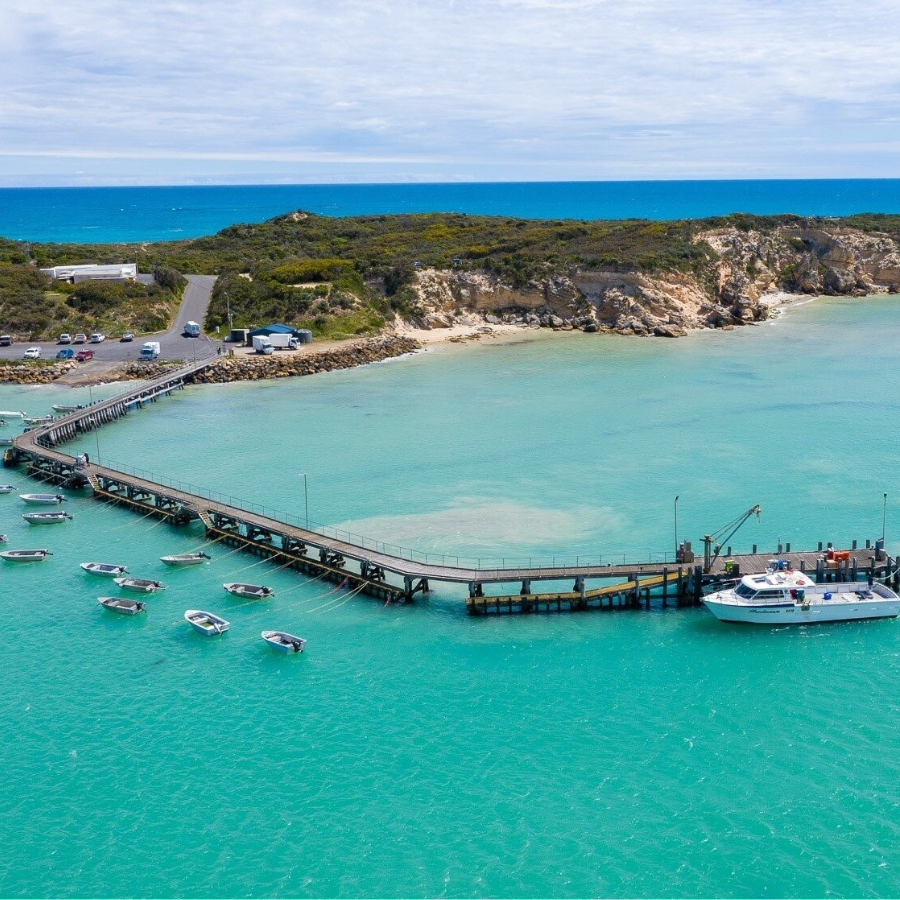

PRIVACY POLICY // © 2023 Wagners // indigo web + black canvas //
